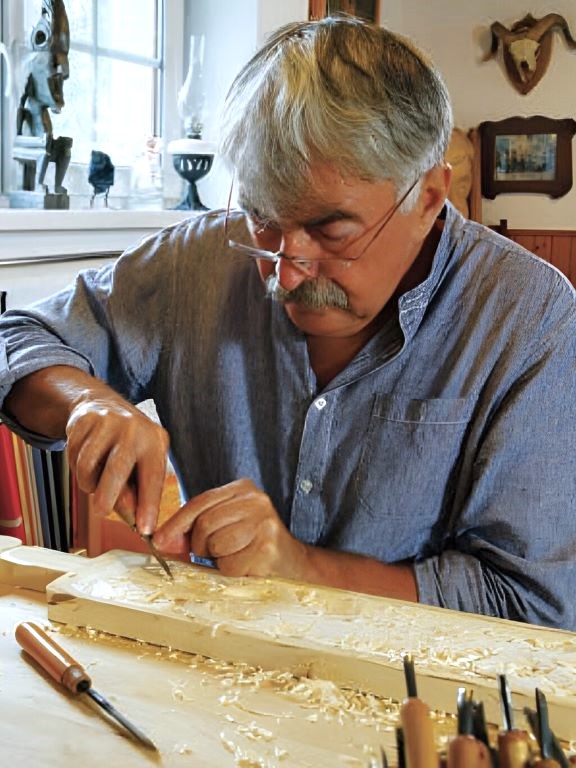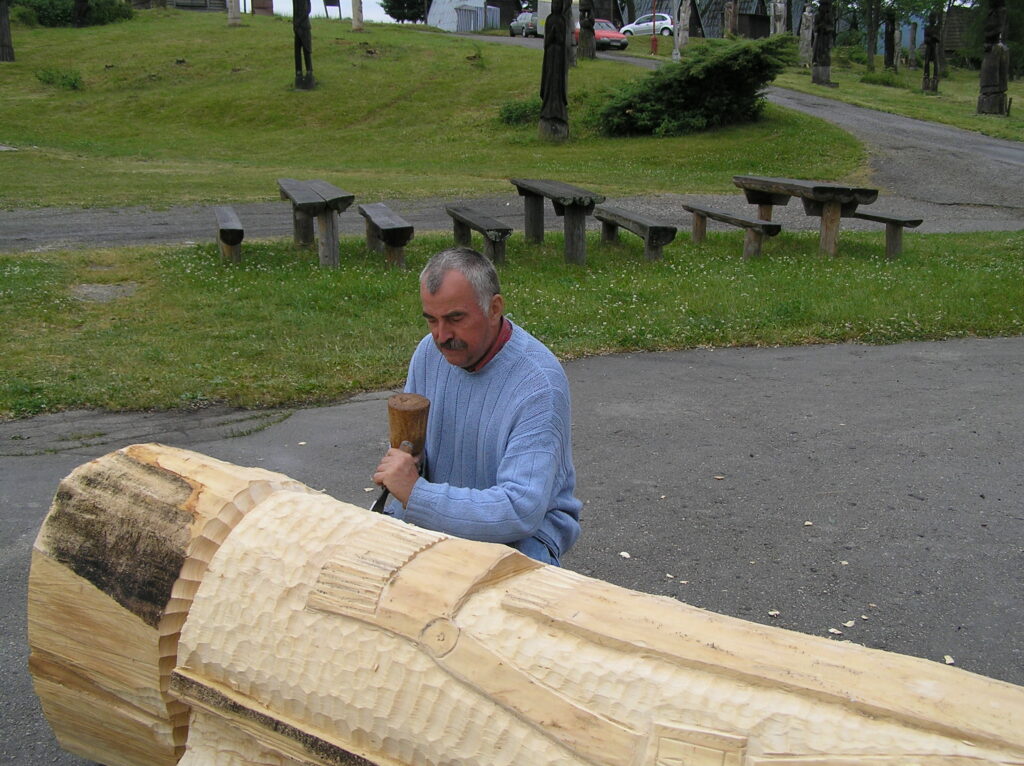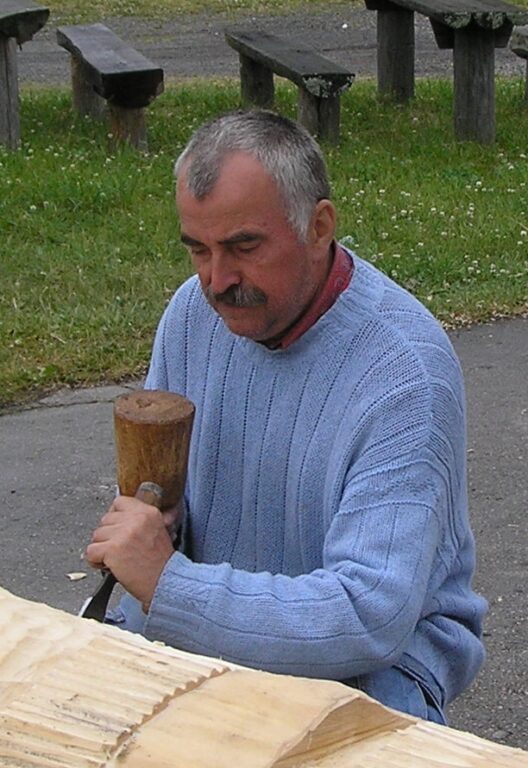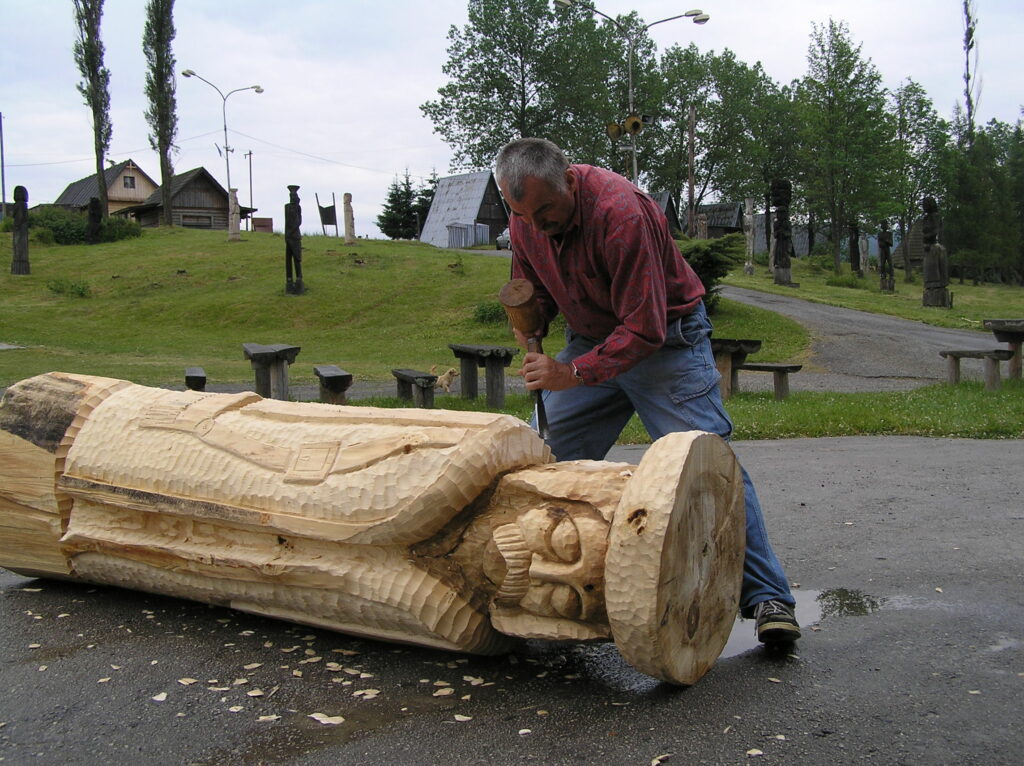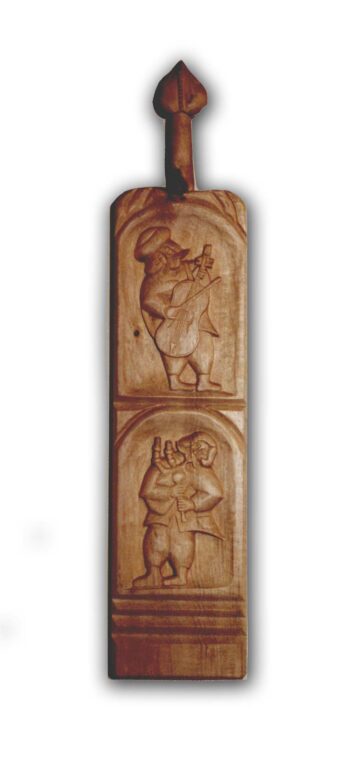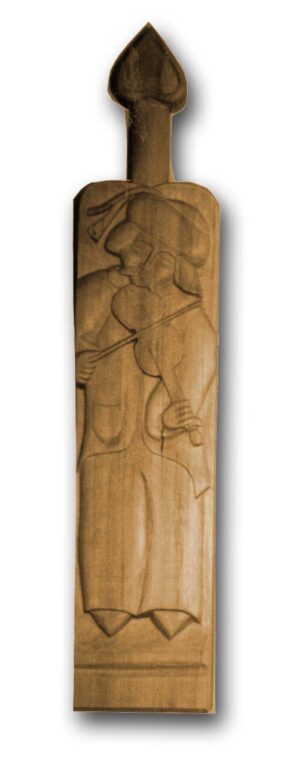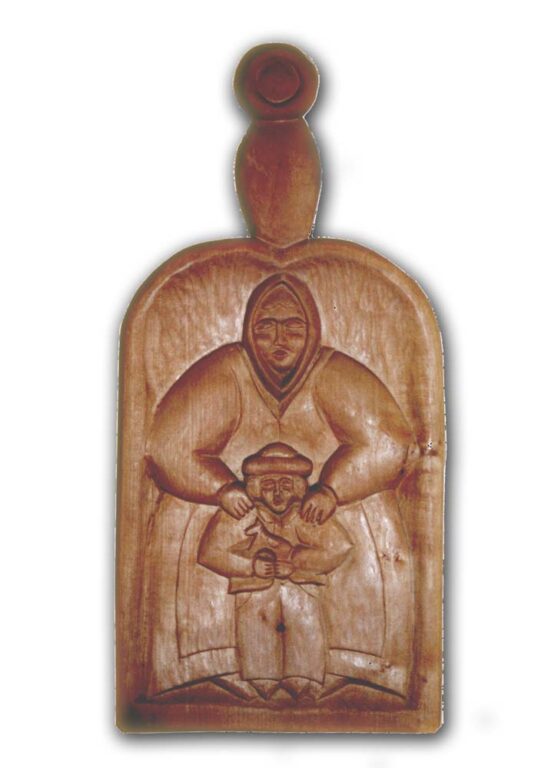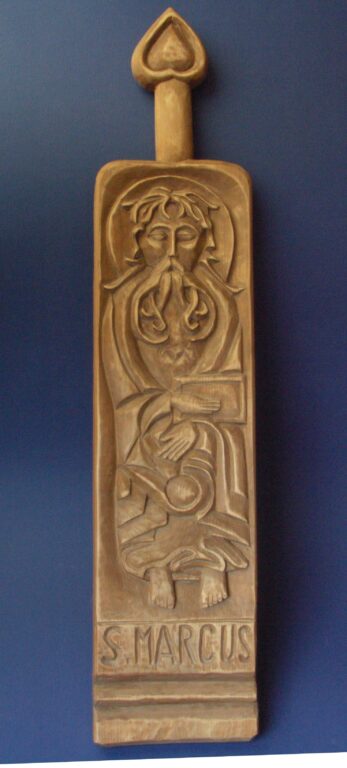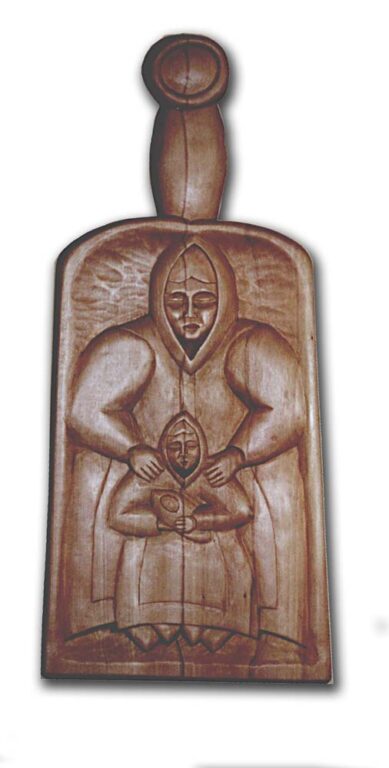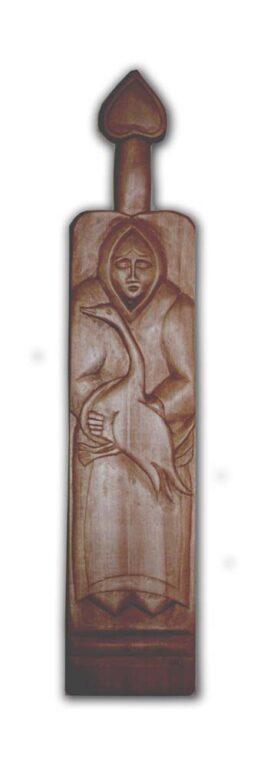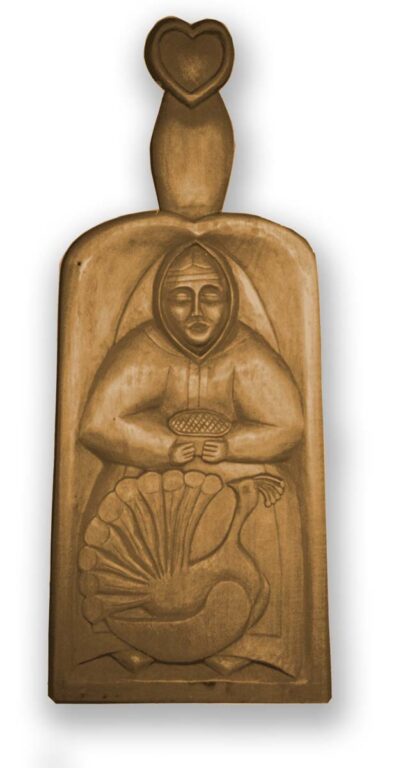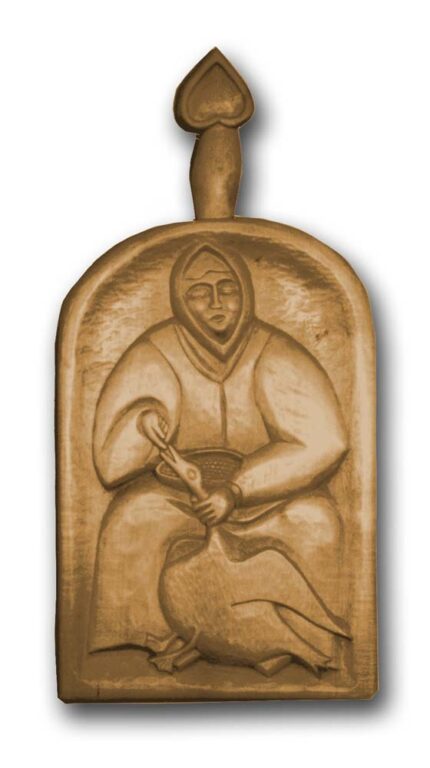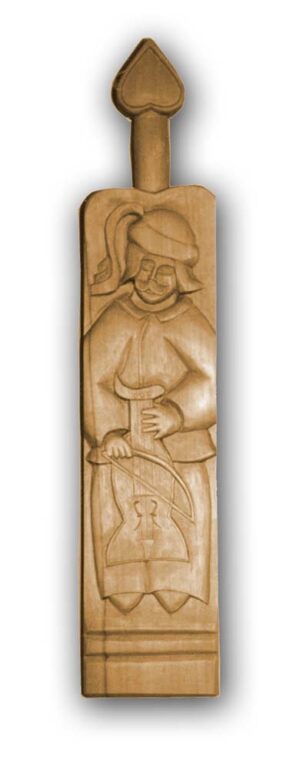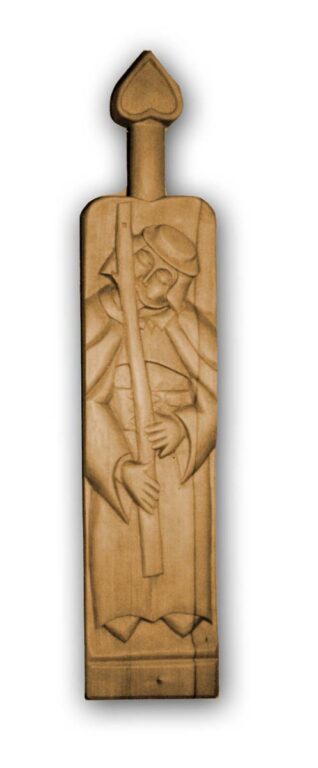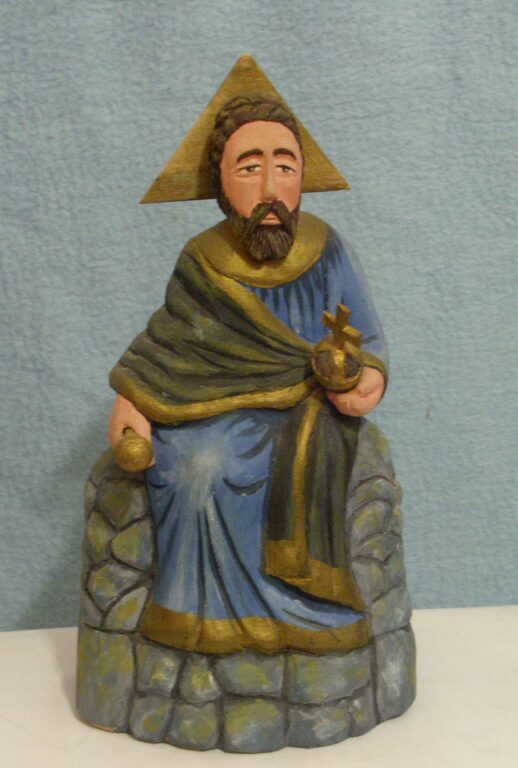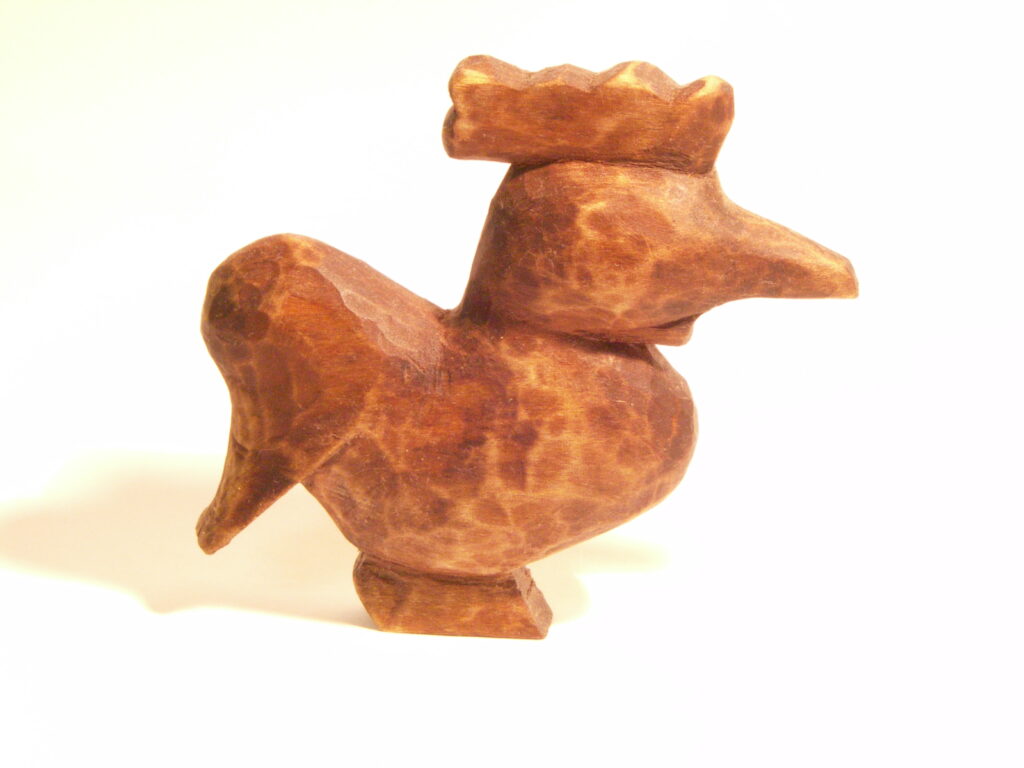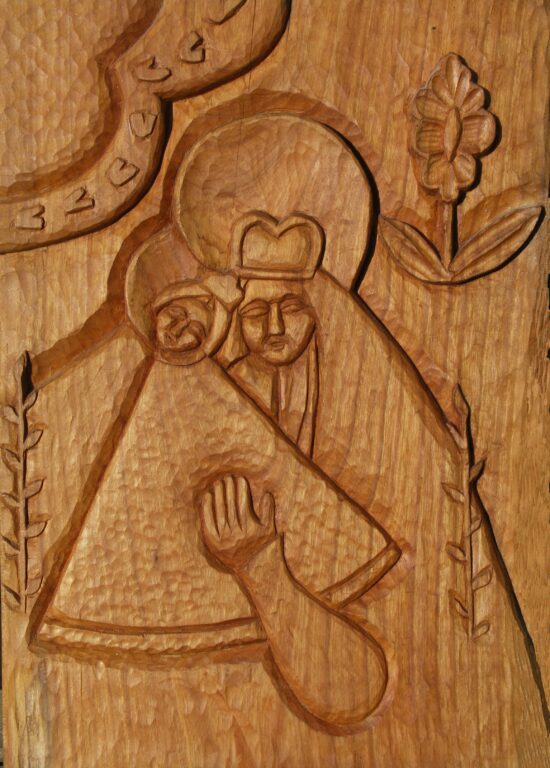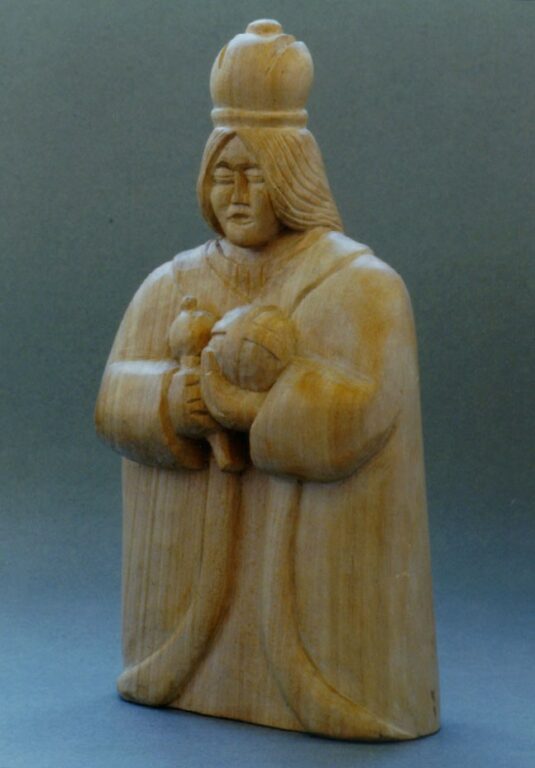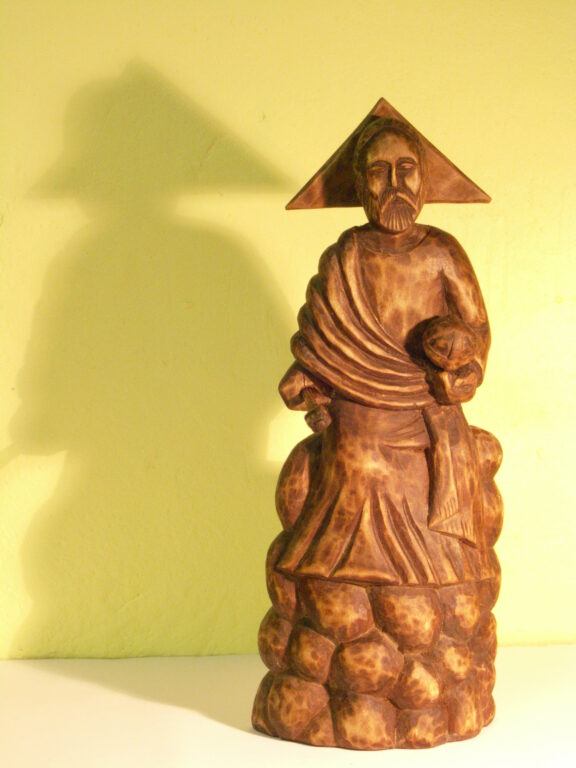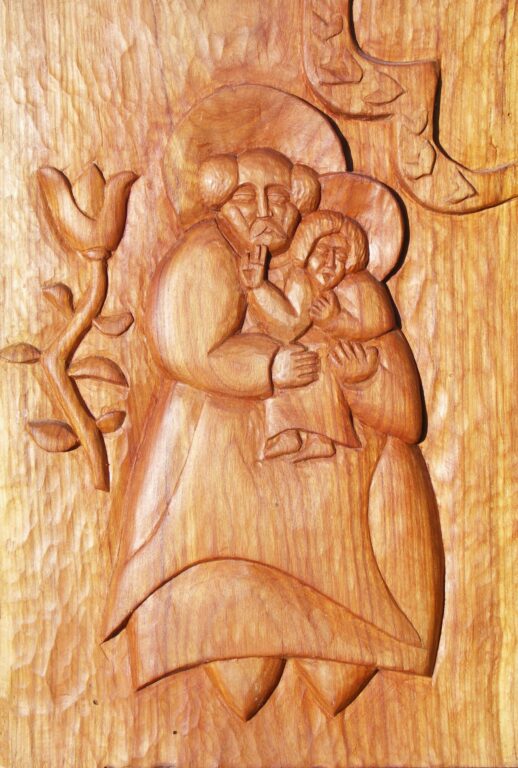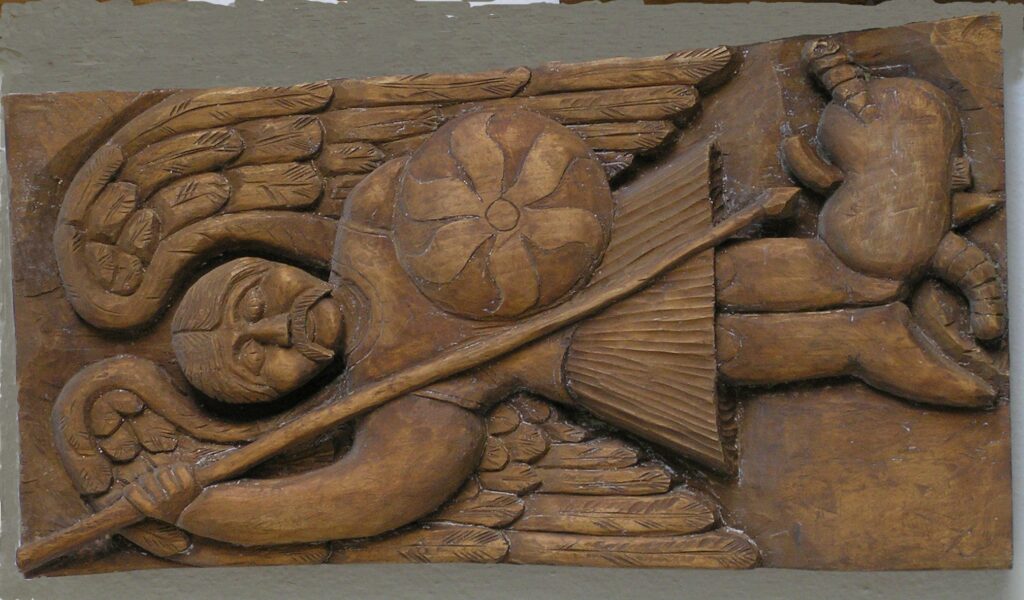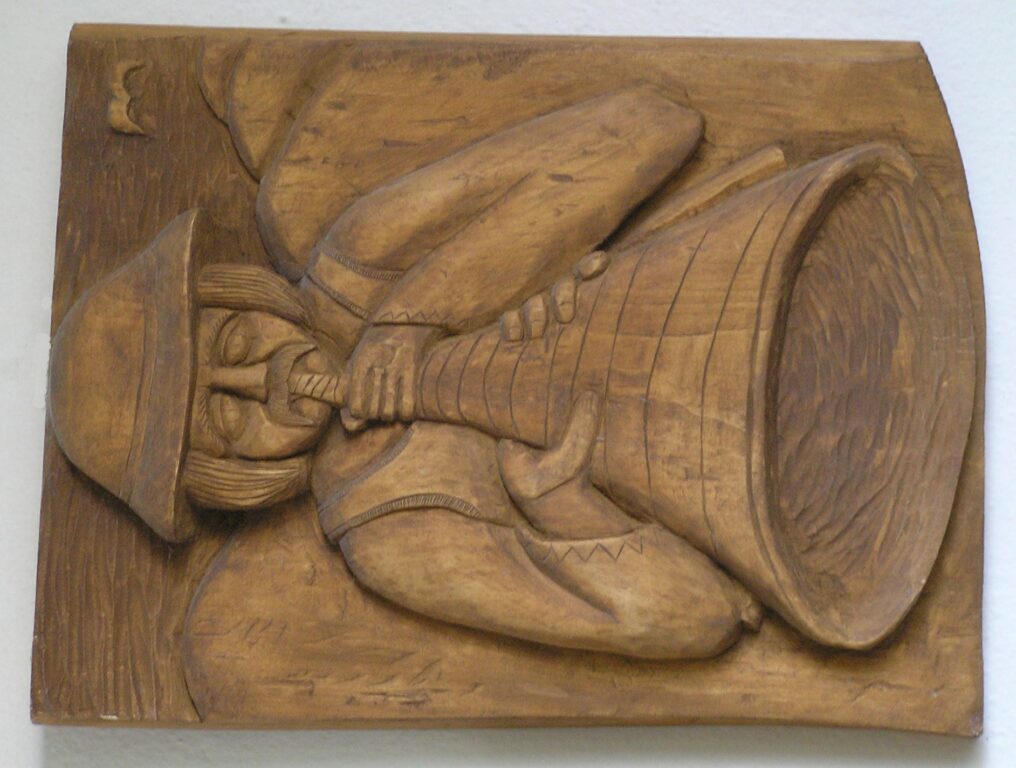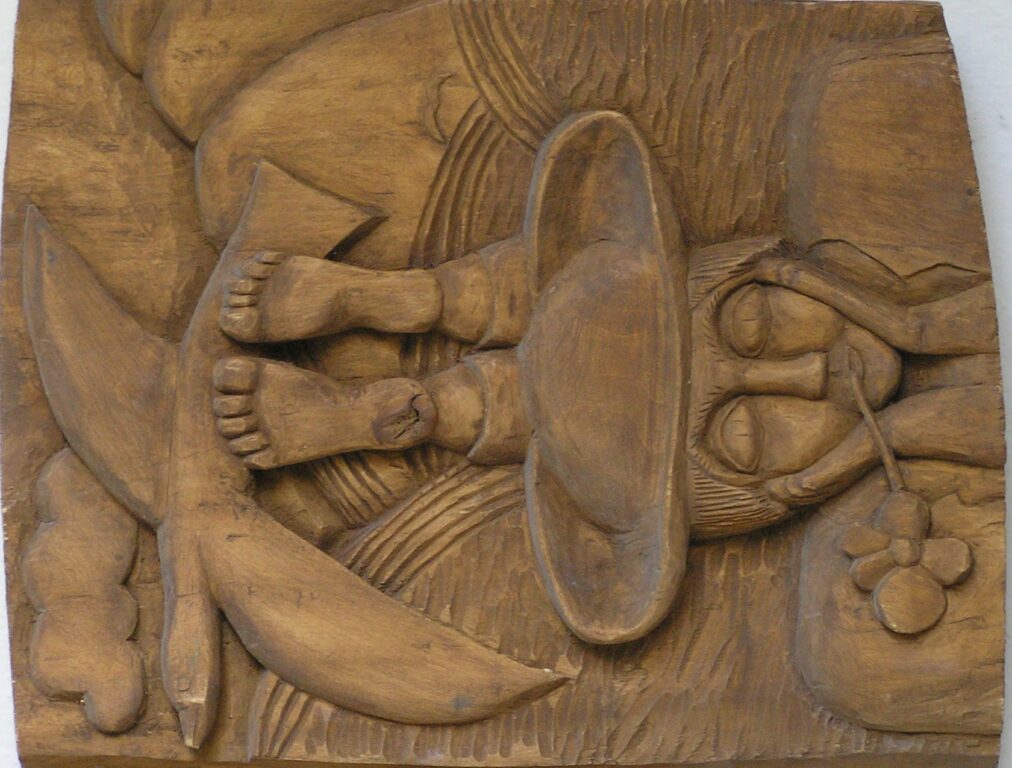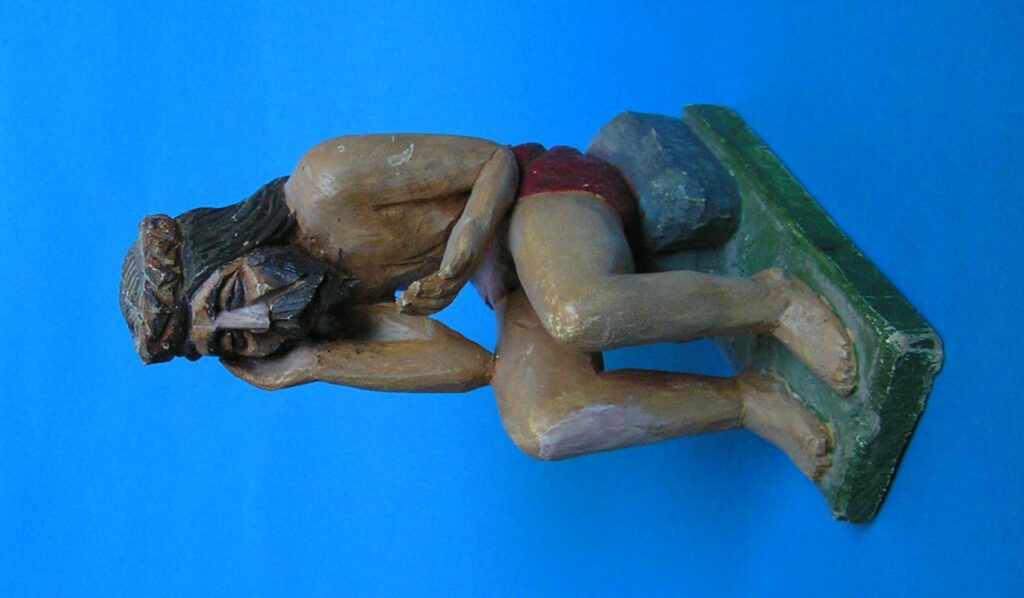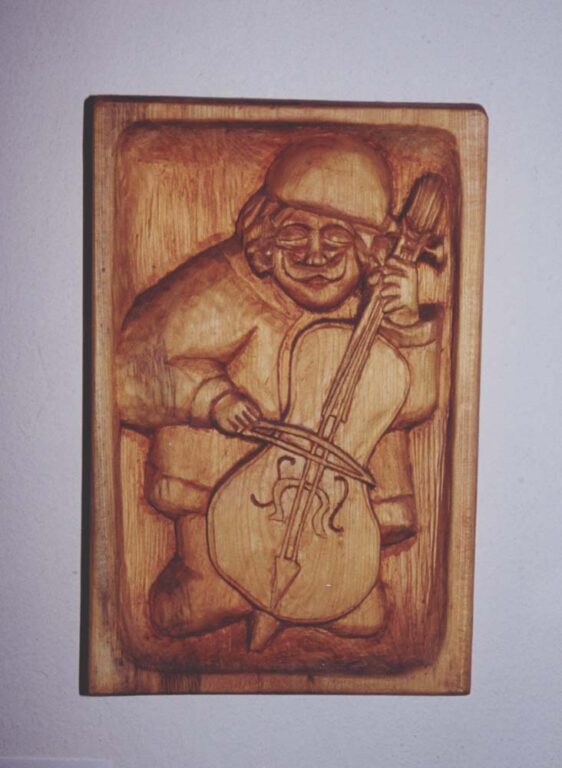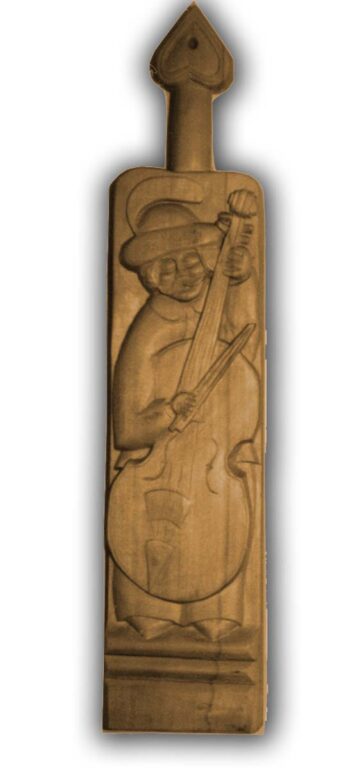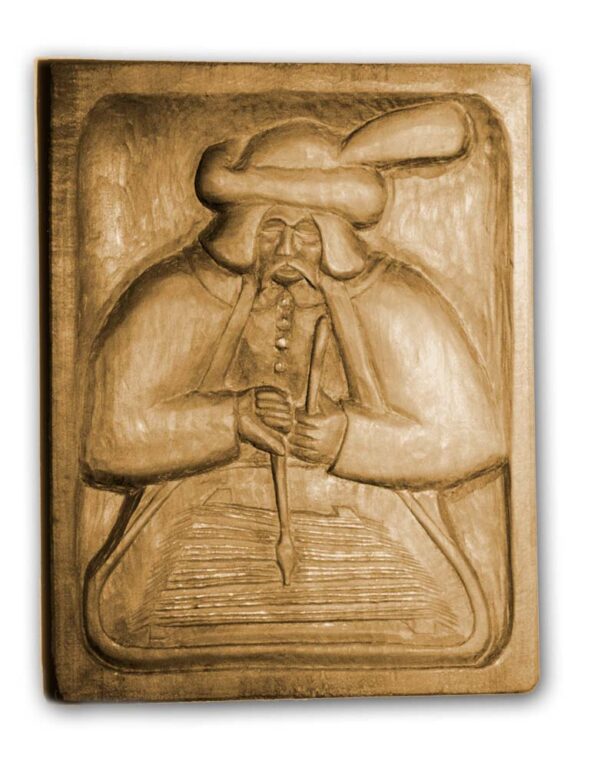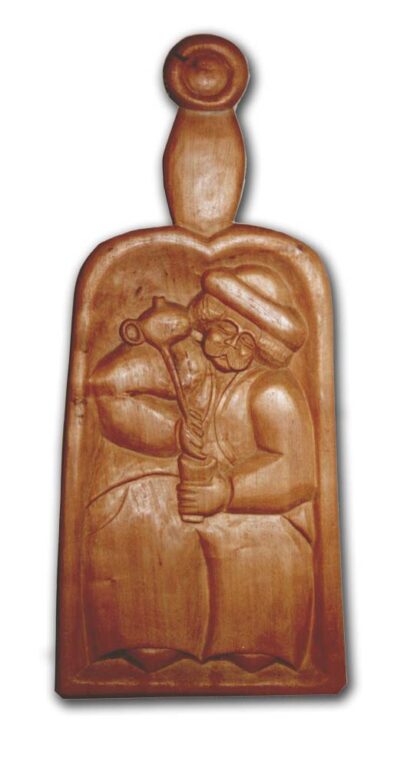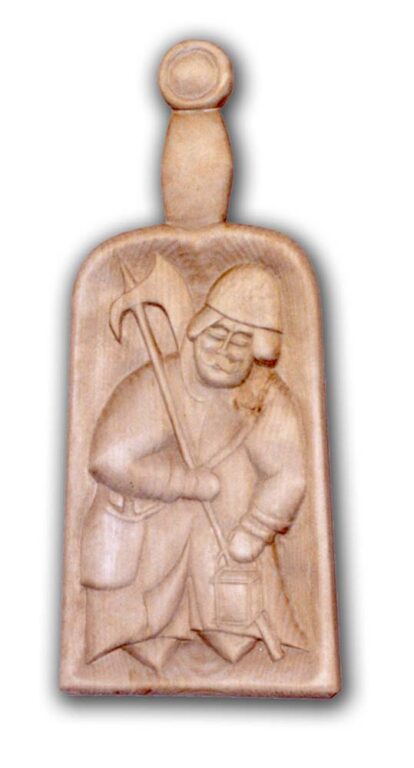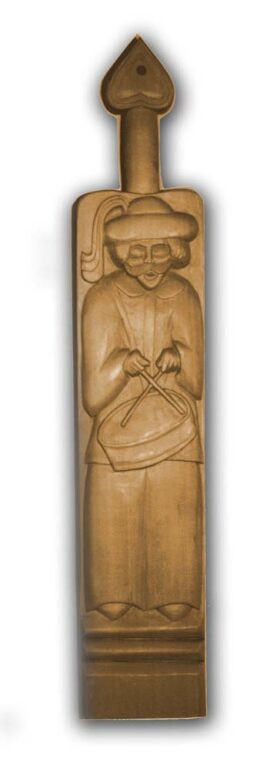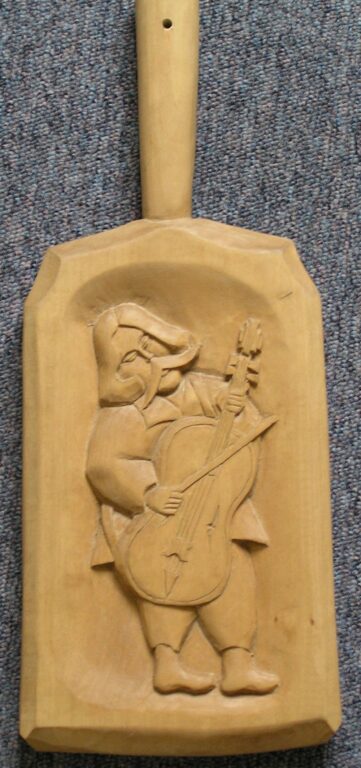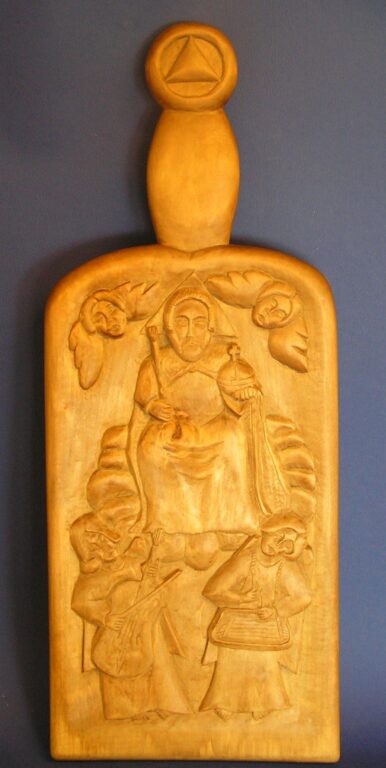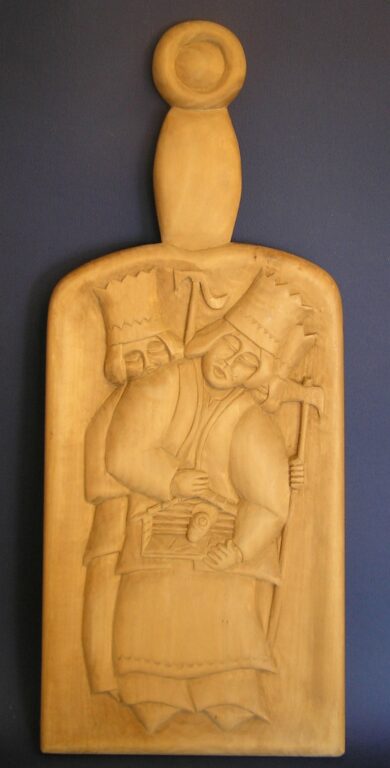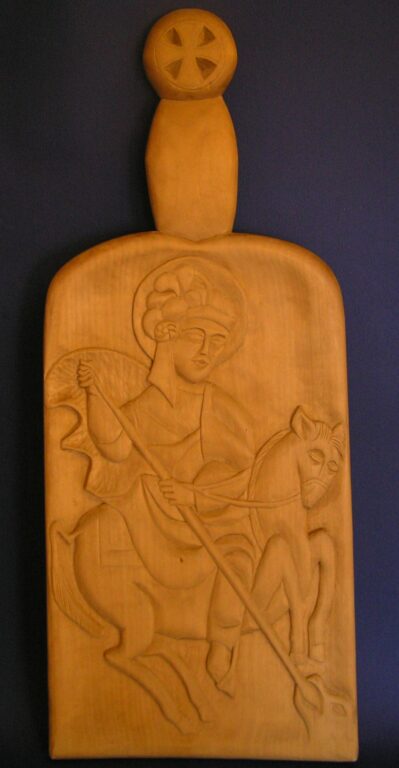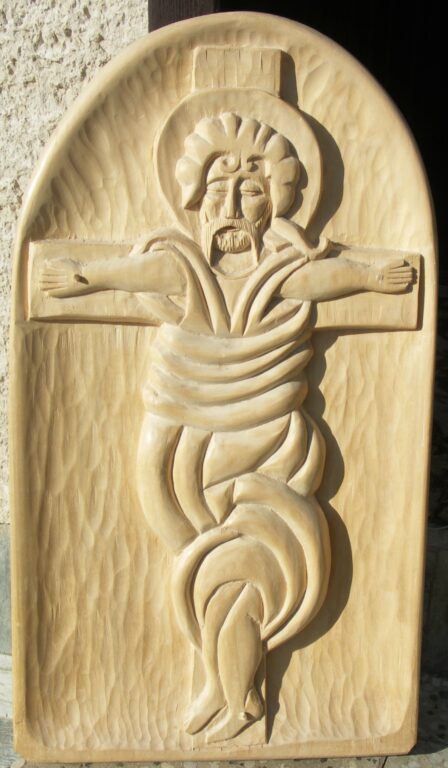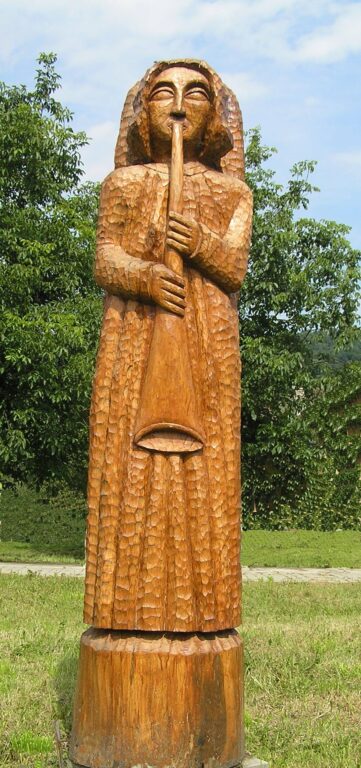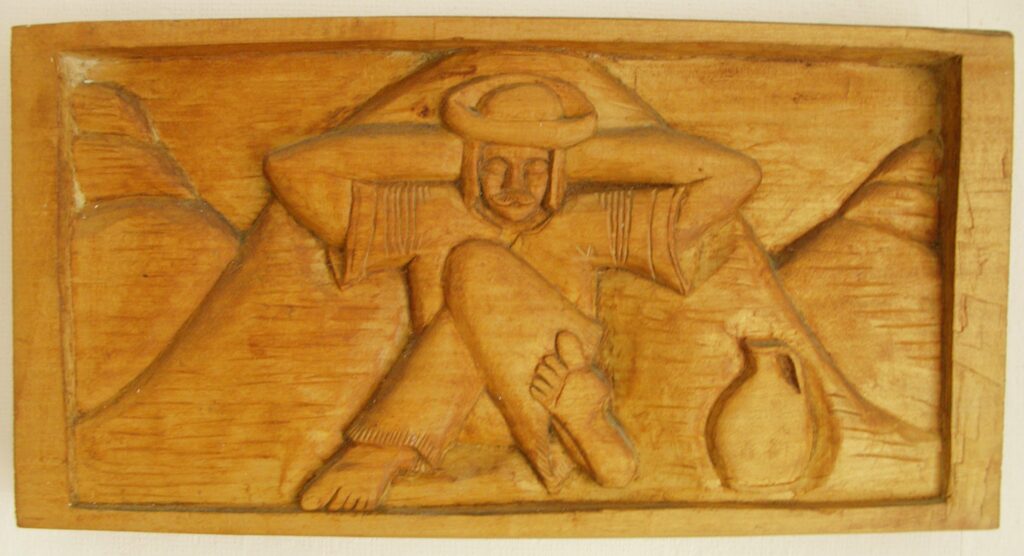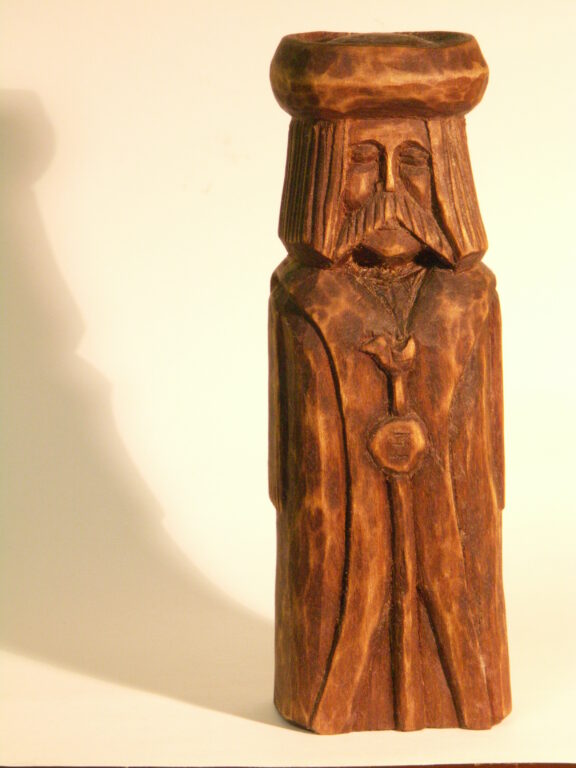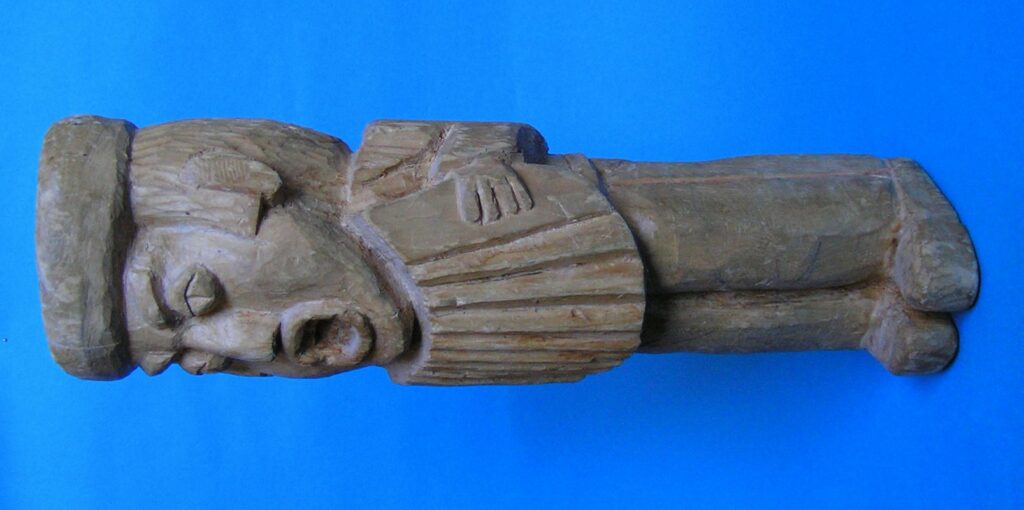His interest in ethnography was shaped through his relationship with Native American culture, which had been close to him since childhood, and later through the guidance of the ethnographer Ján Komu from the Šariš Museum in Bardejov, who led him to study this scientific discipline in debates. And although in 1968 he chose the newly established Political High School in...
His interest in ethnography was shaped through his relationship with Native American culture, which had been close to him since childhood, and later through the guidance of the ethnographer Ján Komu from the Šariš Museum in Bardejov, who led him to study this scientific discipline in debates. And although in 1968 he chose the newly established Political High School in Prague, the social development in our country after that pivotal year led him to ethnography and a subsequent successful career as an ethnographer after the school was abolished and he studied history, archaeology, and ethnography in Moscow for two years in 1972.
He learned wood carving already in his boyhood while making swords, bows and arrows, and Native American totems. Thanks to his father, the director of the Prešov Gallery of Fine Arts, he also got immersed in the environment of artists. He met with potters and sculptors, and even though he did not actively engage in carving himself, wood remained close to him with its radiance.
Later, as an employee of the museum in Bardejovské Kúpele, while waiting for the birth of his daughter, he designed and carved wooden toys for her. He later wrote an article about the significant folk carver Pavol Šarišský. Instead of answers, he received wood, a knife, and a chisel from him during the interview and was told to try carving a statue before coming back for questions. This is how his first sculpture of Jánošík was created, and woodcarving never left him.
In an excellent group of Šariš artists (painters M. Lovacký and I. Chabčák, sculptors I. Mlynárik, V. Nahálka, and M. Kútny, potter L. Švantner, and others), he constantly improved through creative confrontation in his work. Initially, he carved only for himself, but it didn’t take long before he presented himself at a national competition of artistic creativity and won the district and regional rounds. At that time, he was mostly intrigued by exploring carving methods and principles.
“One of the most demanding tasks was to differentiate my theoretical knowledge from my work. And not to imitate anyone. I consciously avoided that, because everyone would say right away that I do it because I am educated,” Martin Mešša returns to his beginnings. He has been actively creating since 1980.
However, he utilized his deep knowledge of ethnography, archaeology, and history from the beginning when selecting themes to depict. He didn’t draw only from folk art, but also drew inspiration from “high” art, acknowledging the influence of official stylistic art on the initial stages of folk artists’ work (selection of themes, techniques, or materials). Naturally, the final shape created by the folk artist was always transformed into an original piece, and that applies to Martin Mešša as well, who was able to break free to his own unique artistic style.
He gradually found the best space to express his chosen themes on mangal woodblocks. He carves out sacred scenes in relief, which he systematically finds in large European and Slovak architectural, artistic, and literary monuments, as well as motifs known from our folk art (musicians, dancers, Jánošík). He can also express himself through sculptures, relief paintings, or oversized statues, which he mainly dedicates himself to within sculptural symposiums.
Woodcarving remains his hobby to this day. His work over time can be characterized by a constant simplification of expression and form, seeking the most effective artistic shortcut. Since 1988, he has collaborated with ÚĽUV as a producer and craft course instructor, and his contribution to the institution as an internal specialist employee has been particularly fruitful.
In 2013, he was awarded the title of Master of Folk Artistic Production for his original approach in the field of woodcarving.
Source: Mikolaj, Tomáš: Masters of the New Millennium [online]. Bratislava: Center of Folk Artistic Production, 2020 [accessed 2024-05-29]. Available at: https://uluv.sk/library/digital-library/
